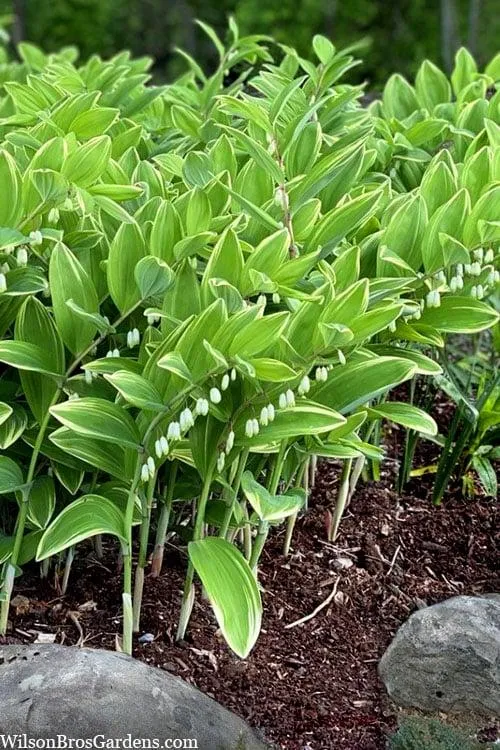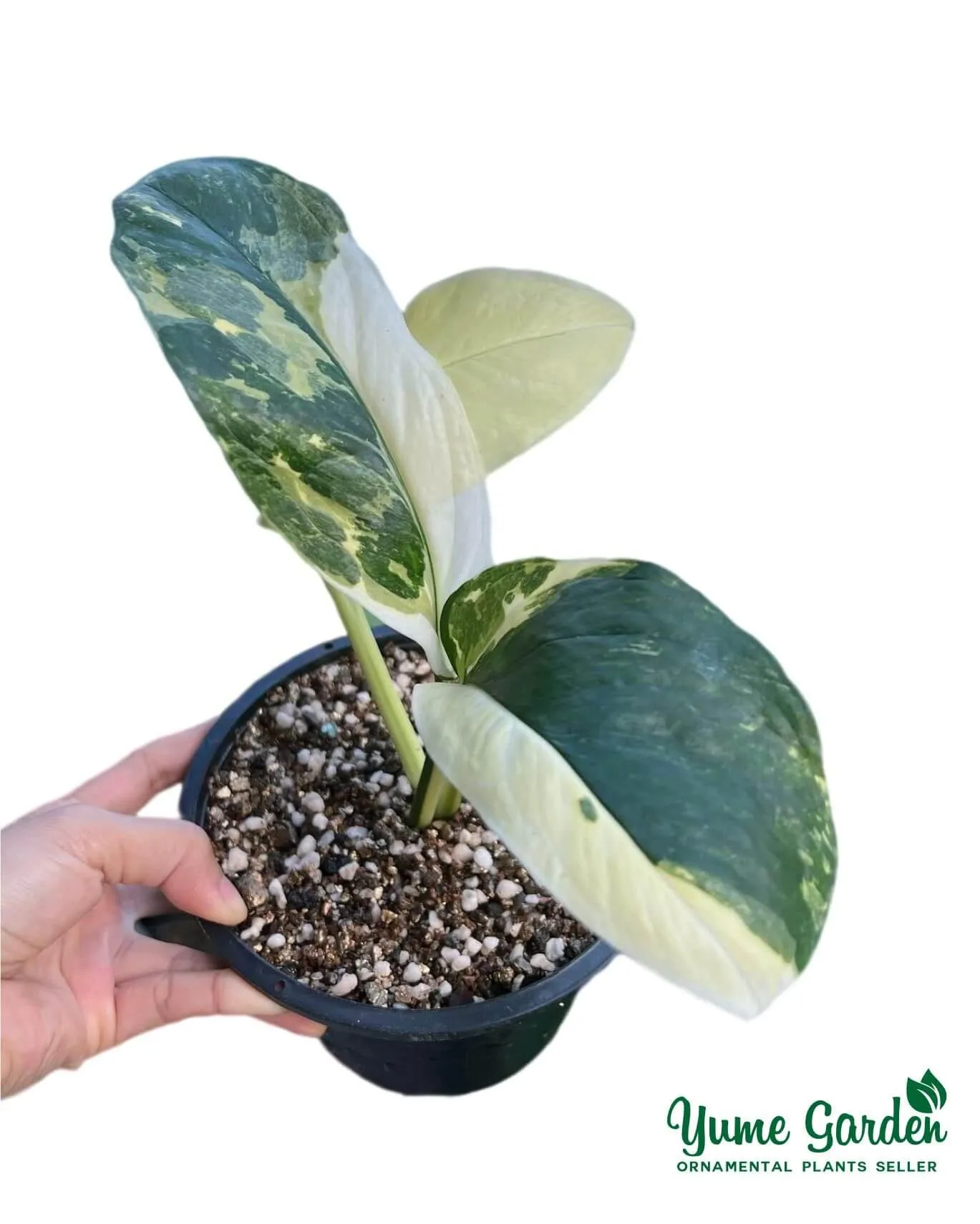All You Need to Know About Variegated Plants
If you’ve ever searched for “veriegated plants” online, chances are you came across some beautiful photos of plants with oddly striped or splashy leaves. You may be wondering what gives these plants their unique patterns and if they would add visual interest to your home or garden. In this article, I’ll explain all about variegated plants and try to answer any other questions you may have.
What Causes Variegation?
Variegation occurs due to a genetic mutation that causes parts of the leaves to not produce chlorophyll. Chlorophyll is the pigment that makes leaves green and allows plants to photosynthesize. Without chlorophyll, these non-green areas stay white, yellow or cream-colored. The patterns of variegation can vary widely from one plant variety to the next.
Variegation is usually a stable genetic trait that gets passed down from the parent plant. However, stresses like improper care, pests or disease may cause reversion, where a variegated plant starts producing more solid green leaves again. More on care tips later!
Popular Variegated Houseplants
Here are some of the most common variegated plants found in homes:

- Pothos – Often sold as “golden pothos”, it has bright yellow and green splotchy leaves. Very low maintenance and forgiving.
- Philodendron – Huge variety of heart-shaped leaves striped, splashed or edged in cream or yellow colors. Some can climb.
- Dieffenbachia – Tropical plant nicknamed “dumb cane” due to milky sap that can irritate skin. Leaves boast central white stripes.
- Chinese evergreen – Leathery oval leaves margined or splashed pink, white or yellow colors. Makes a great tabletop plant.
- Peperomia – Over 1000 species with unique foliage with patterns from stripes to spots. Minatures make cute terrarium inhabitants.
Benefits of Growing Variegated Plants
Aside from their eye-catching foliage, variegated plants offer some perks:
- Add visual contrast and diversity to plant collections.
- Require less light than their solid green counterparts since they can’t photosynthesize as efficiently.
- Tend to grow more compactly. Perfect for smaller spaces.
- Low-maintenance – once established, are hardy and resistant to pests/diseases.
- Act as conversation starters. Always turns some heads!
Tips for Care
While fairly easygoing, variegated plants do have some care needs to watch out for:
- Provide bright, indirect light. Too much sun may cause bleaching or leaf burn.
- Water when topsoil is dry to the touch. Underwatering stresses the plant more than overwatering.
- Fertilize monthly in the growing season as variegated forms are not as vigorous feeders.
- Watch for pests like spider mites which prefer stressed plants. Act fast with neem oil if spotted.
- If leaves start reverting more green, trim those parts off to maintain the variegation pattern.
- Take cuttings to propagate more plants when mature.
From my experience, variegated beauties don’t mind being a bit rootbound in their pots too. Just repot up a size every few years for thriving growth. But that’s just my take – experiment and see how your variegated favorites respond!
Tips for Using in Landscapes
While great indoors, some variegated plants also offer great outdoors appeal due to their colorful foliage:

- Use as edging plants or in mixed containers for year-round visual pop.
- Hostas,coleus and caladiums provide fantastic seasonal color impacts as summer/fall accent plants.
- Golden pine trees like Austrian black pine make statement evergreens.
- Shade perennials like Japanese painted fern come back reliably each spring.
- Variegated liriope grass acts basically like a living groundcover.
Just beware full-sun exposure may bleach out leaf patterns over time. Provide afternoon shade, especially in hot climates. A little mulch also retains moisture around the roots.
In conclusion, adding variegated plants is a fun way to up the aesthetics wherever you garden – indoors or outside. With some TLC, their striking foliage can brighten up your space for many seasons to come. Hopefully this helps explain all about these beauties and you’ll discover some new favorites to try!
Plant Care Considerations for Variegated Plants
| Plant | Light Needs | Watering | Humidity |
|---|---|---|---|
| Chinese Evergreens | Bright indirect light | Allow soil to dry out between waterings | Moderate |
| Peperomia | Bright indirect light | Allow soil to dry slightly between waterings | Moderate |
| Pothos | Low to medium light | Water when top 1-2 inches of soil are dry | Moderate |
| Philodendron | Bright indirect light | Water when top few inches of soil are dry | Moderate |
| Calatheas | Bright indirect light | Keep soil moist but not wet | High |
FAQ
-
What are variegated plants?
Basically, variegated plants contain sections of white, yellow, cream or pink alongside the usual green in their leaves or stems. The different colored patterns are caused by a genetic mutation.
-
Why are some plant leaves variegated?
Plant scientists think variegation happens because of a glitch in the chloroplasts, the parts of plant cells that make food from sunlight through photosynthesis. The white or yellow sections don’t have as many chloroplasts and can’t photosynthesize normally. Nevertheless, variegation has survived as a inheritance error passed down through generations.

-
Are all variegated plants less healthy?
Not really. Some types remain as vigorous as their all-green counterparts. At the same time, others may be partly weakened if the variegated sections can’t produce as much energy. It depends on how much of the leaf is affected. On the other hand, variegated features can offer their own aesthetic plus to gardens.
-
Why do gardeners choose variegated plants?
Basically, folks pick variegated plants for the striking patterns on their leaves and stems. The white and yellow splotches add visual curiosity to beds and borders. Kind of like putting multicolored socks on a plant! It’s true that variegation arises from a genetic mistake, but the weirdness become a wanted trait that gardeners select. Perhaps we’re drawn to nature’s imperfections as well as its perfections.
-
Do variegated plants require any extra care?
Usually not, but it depends on the variety. Generally variegated kinds can get by with the same sunlight, watering and fertilizing as their green companions. However, they may need a little shade if growing in hot climates to prevent scorched leaves. Also, the differently colored parts tend to be weaker spots that are slightly more prone to pests and rot, so gardeners should watch for issues there. On the whole though, most variegated plants reward us with their good looks with minimal additional effort!
-
Are any variegated plants toxic?
You know, come to think of it, I can’t recall ever hearing of a toxic variegated plant. After all, the genetic quirk leading to variegation shouldn’t affect a species’ natural chemistry. I could look it up, but my memory isn’t coming up with any dangers. Maybe plant experts out there know better, but it seems unlikely variegation alone would induce toxicity. The showy appearances of these ornamentals are generally as harmless as their green versions. Still, it’s best to identify plants before little ones start nibbling, just to be safe.

